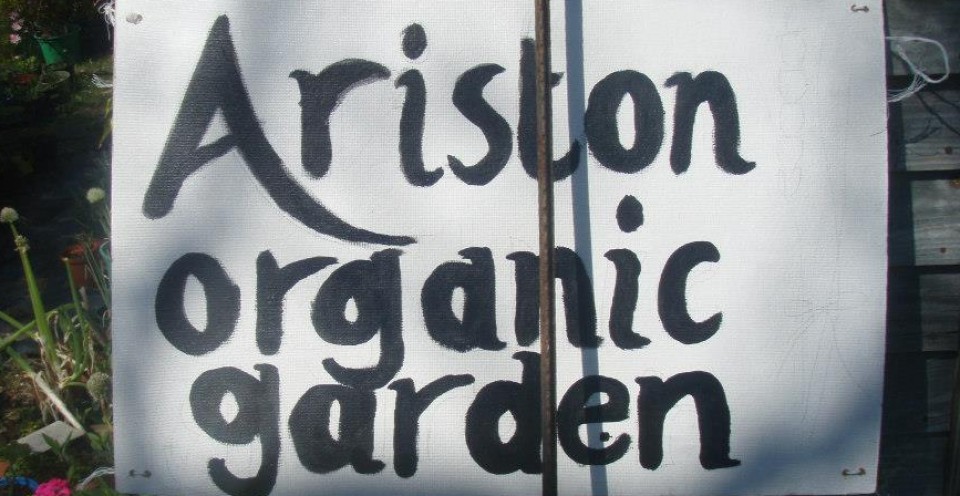Tags
Africa, Bee, Cape Town, environment, flower, Flowers, Malva, Mesembranthemum, Mesembryanthemum, nature, organic, Pelargonium, plants, South Africa, South African endemic plant, Western Cape
A short distance from my home up the mountain can be found this wonderful eye-catching colour of endemic plants growing wild, surviving sandy soils and harsh wind and full sun.
The Wild Malva (Pelargonium cucullatum) is growing profusely. When crushed the leaves of some forms emit a strong, sweet scent. The flowers are faintly scented. Sunbirds, butterflies, long-beaked flies and moths have all been observed visiting the flowers.
Traditionally this pelargonium was used medicinally to cure colic, kidney ailments, diarrhoea, coughs and fevers. The leaves were used as a poultice for bruises, stings and abscesses. In the nineteenth century it was used as a hedge-row ornamental in Cape Town. It is also useful as a cut flower as the branches last for many weeks in water.
Vygies – Mesembryanthemum (meaning “midday flowering”) is a genus of flowering plants native to southern Africa. Thriving in hot conditions, Mesembryanthemum creates a ‘Magic Carpet’ and simply loves poor, dry soils where most other plants would fail.
Brass Buttons (Cotula). Annual herb growing up to 30 cm high, with finely divided leaves, with white or yellow rays and a yellow disc. Native to South Africa (Western Cape and Eastern Cape) where it is found in sandy and disturbed places.
Watsonia borbonica is magnificent will tall spikes of “Pink” flowers. Watsonia borbonica is pollinated by large, solitary bees, mainly of the family Apidae: subfamily Anthophorinae. The bees visit the flowers in the early morning, seeking nectar and collecting pollen from flowers that have just opened. The styles of the flowers only unfurl later on their second day and become receptive, and at the same time the nectar levels rise. The bees visiting for the nectar transfer some of the pollen collected earlier from the freshly opened flowers. By noon there is no more nectar or pollen and the bees move away. Goldlatt 1989 and John Manning (pers.comm)
Related articles
- Understanding the Role of the Worker Bee in a Hive (adoptahive.wordpress.com)
- O B (aristonorganic.com)






Beautiful flowers. Are solitary bees the same as bumblebees?
LikeLike
Good question thanks Elaine. 🙂 They are so named because, unlike honeybees and bumblebees, they do not live in colonies. Similar to honeybees in appearance, they lack pollen baskets on their hind tibiae. These hairy bees make nests in the ground, usually in sandy soil and along paths. The female will dig the nest, stock it with nectar and pollen and then seal it, leaving the young to fend for themselves. Also to be seen later on in the season are the leaf-cutter bees such as the Megachile species, which cut neat circles out of rose leaves and petals to build nests in dead plant stems or sometimes in stacks of old flowerpots. These bees resemble honeybees but can be distinguished by the bright orange pollen brushes under their abdomens. All solitary bees are excellent pollinators and should be encouraged into your garden.
LikeLike
I love them. I’ve found quite a few bees that just seem to be exhausted, but if I put a little drop of honey next to them, they immediately stick their feelers in it and revive. It’s very cheering.
LikeLike
so pleased you love Bees too Elaine 🙂 I am sure they are grateful for your attention 😀
LikeLike
Reblogged this on spiritandanimal.wordpress.com.
LikeLike
thank you for the re-blog 🙂
LikeLike
Are we not blessed with that mountain and it place in nature.
LikeLike
it is truly magnificent and I count my blessings daily 🙂
LikeLike
I just love wild flowers and where they are capable of springing up. 🍀
LikeLike
so do I Mick, they are Magical 🙂
LikeLike
Reblogged this on Old School Garden.
LikeLike
thank you again for the re-blog Nigel 🙂 *Brigid
LikeLike
Pingback: Color on the Mountain | Old School Garden